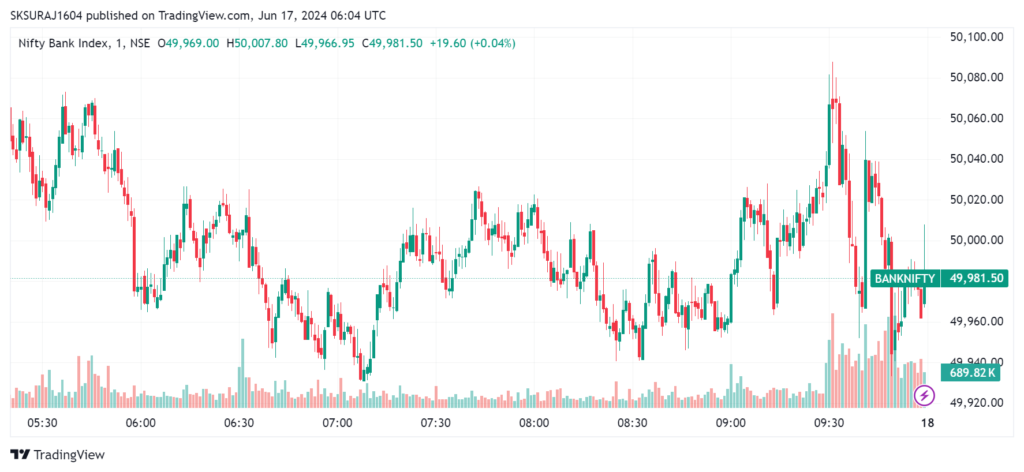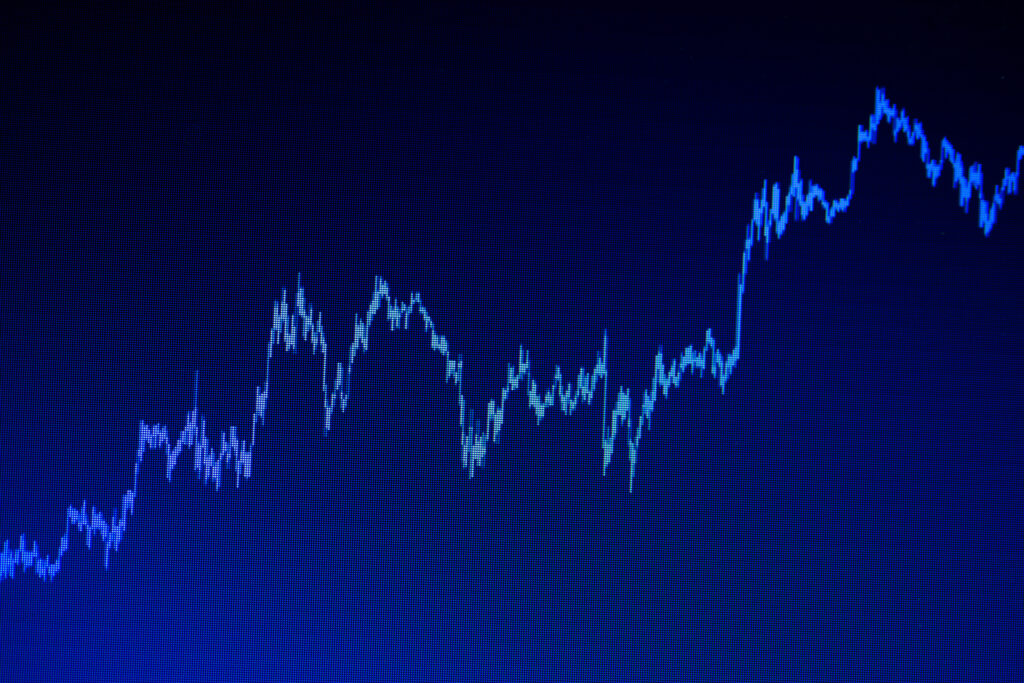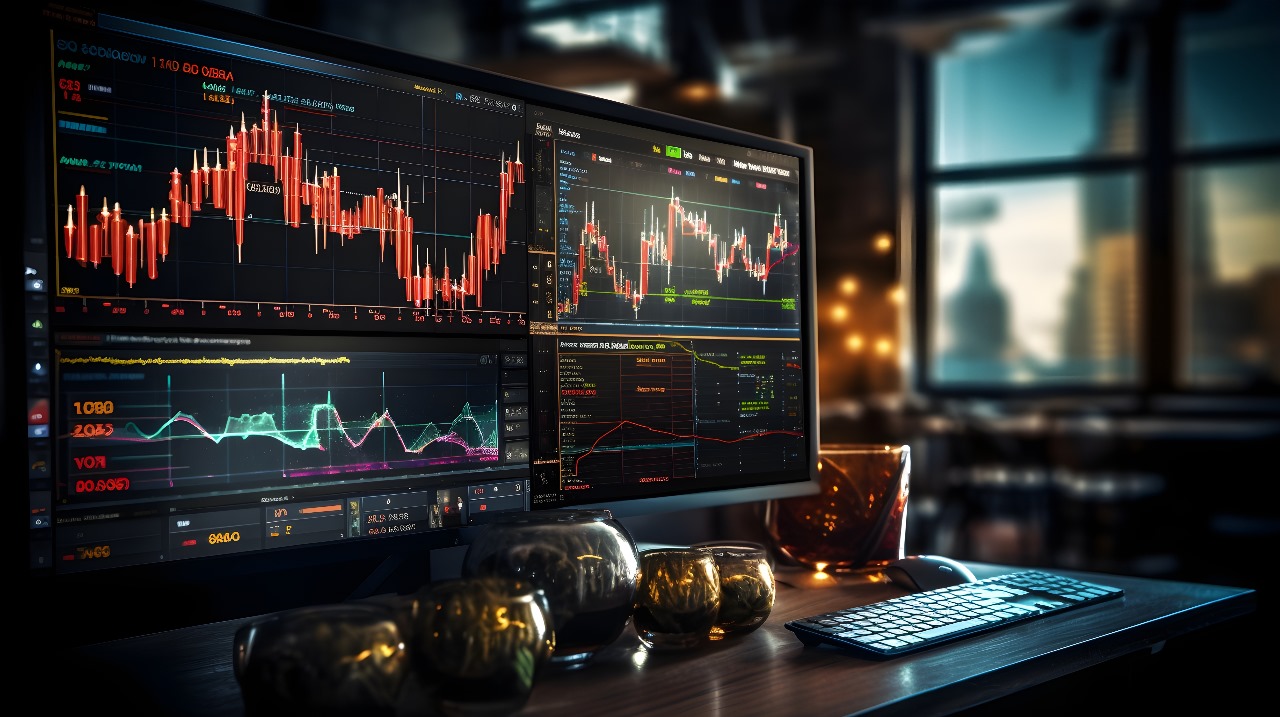The financial markets sometimes resemble a rollercoaster ride, with thrilling growth intervals interspersed with nauseating declines. With the knowledge and tactics in this article, you will be prepared to handle bull markets, in which prices are typically rising, bear markets, in which prices are frequently falling, and turbulent markets, in which prices see abrupt swings in both directions.
We’ll look at particular strategies for every kind of market to help you recognise possibilities and control risk. By the time it’s all over, you’ll know exactly how to make judgements and handle any challenges the market presents. So fasten your seatbelts and prepare to explore the fascinating realm of market dynamics!
How to Trade in a Bullish Market: Trading Strategies for Bull Market
When navigating a bullish market, the primary focus is acquiring assets poised for an uptrend. This entails identifying emerging market trends and strategically purchasing assets that align with the anticipated growth.
One effective method for pinpointing trends is through the use of technical analysis. Technical analysis involves a meticulous examination of historical price charts and patterns to uncover valuable trading signals. While various technical indicators are available, some of the most widely employed ones include moving averages, MACD (Moving Average Convergence Divergence), and RSI (Relative Strength Index). Once a bullish trend is identified, the next step is to identify assets with robust fundamentals likely to benefit from the prevailing market conditions. For instance, during a bullish phase in the technology sector, consideration might be given to stocks of companies at the forefront of technological advancements or those experiencing substantial market share growth.
Here’s an illustrative example of a trade in a bullish market: Identifying the Bullish Trend: You recognize a bullish trend within the technology sector.
Selecting the Asset: Opting for a leading technology company like Apple, you place a market order to purchase 100 shares of Apple at the best available price.
Implementing Risk Management: As a precaution, you set a stop-loss order at 100 per share. This safeguards your investment by automatically selling your shares if the price of Apple drops below this threshold.
Profiting from the Uptrend: As Apple’s price continues to ascend, you decide to capitalize on your gains. When the price reaches 150 per share, you place a market order to sell your 100 Apple shares.
Realizing Profits: Your order executes swiftly, and you sell your shares at 150 per share, securing a profit of 50 per share.
It is crucial to understand that no trading strategy is infallible, and success is not guaranteed in any market setting. Comprehensive research and the development of a trading plan tailored to your unique risk tolerance and trading style are essential steps in your trading journey.”
How to Trade in a Bearish Market: Trading Strategies for Bear Market
In a bearish market, the primary strategy is centred on divesting assets anticipated to depreciate in value. This can be achieved by identifying early-stage downtrends in the market and strategically opting to sell these assets. One effective approach to recognizing these trends is through the application of technical analysis. Technical analysis entails a meticulous examination of historical price charts and patterns to unearth valuable trading signals. Several technical indicators are at your disposal, with some of the most widely embraced ones encompassing moving averages, MACD (Moving Average Convergence Divergence), and RSI (Relative Strength Index). Once a bearish trend is identified, the next step is to pinpoint assets with weak fundamentals that are susceptible to adverse market conditions. For example, during a bearish phase in the commodities sector, it may be prudent to consider divesting shares of companies heavily reliant on commodity production or those extensively exposed to commodity price fluctuations.
Consider the following example of a trade executed in a bearish market: Recognizing the Bearish Trend: You discern a bearish trend in the technology sector.
Selecting the Asset: Electing to sell short shares of Apple, a prominent technology company, you place a market order to short-sell 100 shares of Apple at the prevailing market rate.
Implementing Risk Mitigation: To manage potential losses, you establish a stop-loss order at 150 per share. This precaution automatically closes your short position if Apple’s price surpasses 150, limiting your potential losses.
Profiting from the Downtrend: As Apple’s price continues to decline, you benefit from the downturn. Deciding to seize your gains, you place a market order to buy 100 shares of Apple, effectively closing your short position when the price reaches 100 per share.
Realizing Profits: Your order executes promptly, and you conclude your short position at 100 per share, securing a profit of 50 per share.
It is paramount to acknowledge that short selling is an advanced trading strategy that should be
undertaken solely by experienced traders. Short sellers expose themselves to the risk of potentially losing more than their initial investment should the asset they are shorting experience an unexpected price surge.”
How to trade in a volatile market: Trading Strategies for Volatile Market
Trading in a highly volatile market demands effective risk management strategies to safeguard your investments. It is paramount that you avoid risking more capital in a single trade than you are willing to lose. Employing stop-loss orders is essential to curtail potential losses. To navigate such turbulent waters successfully, consider the following tips:
Utilize Technical Analysis: Employ technical analysis to pinpoint emerging trends and reversals, allowing you to identify favourable trading opportunities amidst market volatility.

Focus on Strong Fundamentals: Seek out assets with robust fundamentals. Strong fundamentals can serve as a buffer when the market unexpectedly takes a downturn, reducing your overall risk exposure.
Opt for Smaller Position Sizes: In comparison to less volatile markets, opt for smaller position sizes. This strategy helps mitigate risk when the market experiences rapid and adverse price movements.
Regularly Secure Profits: Even if your gains are incremental, it’s vital to secure profits regularly. Consistently locking in profits shields you from potential reversals that could wipe out your earnings.
Exercise Patience and Discipline: Trading in volatile markets demands patience and discipline. Wait for high-probability trade setups, resisting the urge to engage in impulsive or reckless trading.
Let’s delve into an illustrative trading scenario within a volatile market: Suppose you identify a trend reversal in the gold market. Gold has been in a sustained downtrend for several months. However, your analysis leads you to believe that the downtrend has been exhausted, and gold is poised for an upward move. You place a market order to purchase 100 ounces of gold at the prevailing market price. Your order is executed promptly, and you now hold 100 ounces of gold. To manage your risk, you decide to set a stop-loss order at 1,600 per ounce. This safety net ensures that if the gold price falls below 1,600, your gold will be automatically sold to cap potential losses.
As the price of gold begins to climb, you start to see a profit. Deciding to lock in your gains, you initiate a market order to sell your 100 ounces of gold when the price reaches 1,750 per ounce.
The order is swiftly executed, and you sell your gold at 1,750 per ounce, realizing a profit of 150 per share.
Remember, that trading in volatile markets carries significant risk. Prioritize a thorough understanding of these risks and establish a comprehensive trading plan before engaging in such markets to enhance your chances of success.
Basic Term Of Stock Market Or Share Market















thanks for guidence